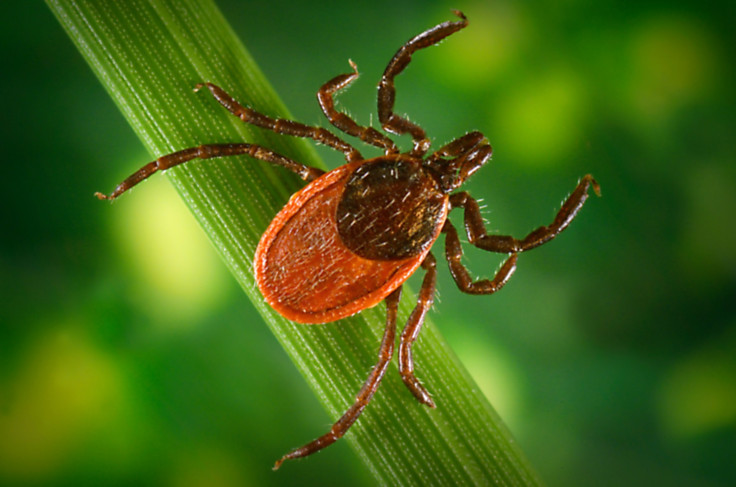How To Prevent Tick- And Mosquito-Borne Diseases

Ticks and mosquitoes can do more than just annoy you — they can also transmit harmful germs that lead to illnesses. To protect yourself, it's essential to take preventive measures against tick- and mosquito-borne diseases.
Vector-borne diseases are increasingly prevalent in the United States, with ticks and mosquitoes being carriers of viruses, bacteria, and parasites that cause various illnesses. Some common examples of vector-borne diseases in the U.S. include Lyme disease, West Nile virus disease and Anaplasmosis.
Regardless of your location, mosquito and tick bites can occur anywhere, including your own backyard. Certain individuals face a higher risk of contracting these diseases due to their behaviors or geographic location, which exposes them to ticks and mosquitoes.
Additionally, specific groups, such as older adults and those with weakened immune systems, are more susceptible to severe forms of these diseases. Understanding your risk level can help you anticipate encounters with ticks and mosquitoes and take appropriate precautions.
Here are some crucial steps the Centers for Disease Control and Prevention (CDC) recommended you take to fight the bite:
Before stepping out:
Apply EPA-registered insect repellent. Use Environmental Protection Agency (EPA)-registered insect repellents containing active ingredients like DEET, Picaridin, IR3535, Oil of lemon eucalyptus (OLE), Para-menthane-diol (PMD), or 2-undecanone. EPA-registered insect repellents are proven safe and effective, even for pregnant and breastfeeding individuals, when used as directed.
Wear loose-fitting, long clothing. Stop ticks and mosquitoes from biting by covering your skin with long-sleeved shirts and long pants.
Treat clothes and gear with permethrin. Products containing 0.5% permethrin, used in treating boots, clothing and gear, effectively kill and repel ticks and mosquitoes.
Avoid brushy areas. Ticks thrive in moist and humid environments, particularly in grassy, brushy, or wooded areas. Take precautions during outdoor activities, near your home, or when walking through leaf litter or shrubby areas. Avoid wooded and brushy locations with high grass and leaf litter. Stick to trails to minimize contact with ticks.
Protect dogs from ticks. Since dogs are highly susceptible to tick bites and tickborne diseases, you should consult your veterinarian to identify the best products for your pets throughout the year.
After coming indoors:
Always check for ticks. Ticks are tiny and can easily go unnoticed. Conduct thorough tick checks on your body, children and pets after spending time outdoors, even in your backyard. Use a handheld or full-length mirror to examine all body parts and promptly remove any ticks you find. According to the CDC, you should pay attention to these areas where ticks commonly hide:
- Under the arms
- In and around the hair and ears
- Inside the belly button
- Back of the knees
- Between the legs
- Around the waist
Take a shower. Showering after coming indoors has been shown to reduce the risk of Lyme disease and other tickborne diseases since it helps wash off unattached ticks. It also makes it possible for you to do a thorough tick check.
Tumble dry clothes. Ticks can hitch a ride into your home on clothing. To eliminate ticks on dry clothing, place them in a dryer on high heat for at least 10 minutes. Damp clothes require a longer period. If washing is required, opt for hot water since cold or medium-temperature water does not kill ticks.
Controlling mosquitoes in and outside your home:
Use air conditioners and screens. Keep mosquitoes outside your home by utilizing air conditioners and properly fitted screens on windows and doors.
Eliminate standing water. Prevent mosquitoes from laying eggs in or near water sources. Regularly empty, scrub, turn over, cover, or discard items that collect water, such as tires, buckets, planters, toys, pools, birdbaths, flowerpot saucers, or trash containers. Perform these measures weekly.
By following these preventative measures, you can significantly reduce your risk of contracting tick- and mosquito-borne diseases. Stay vigilant and take the necessary steps to protect yourself and your family from the harmful effects of these vectors.
Remember, prevention is key in the fight against tick- and mosquito-borne diseases.
Published by Medicaldaily.com



























